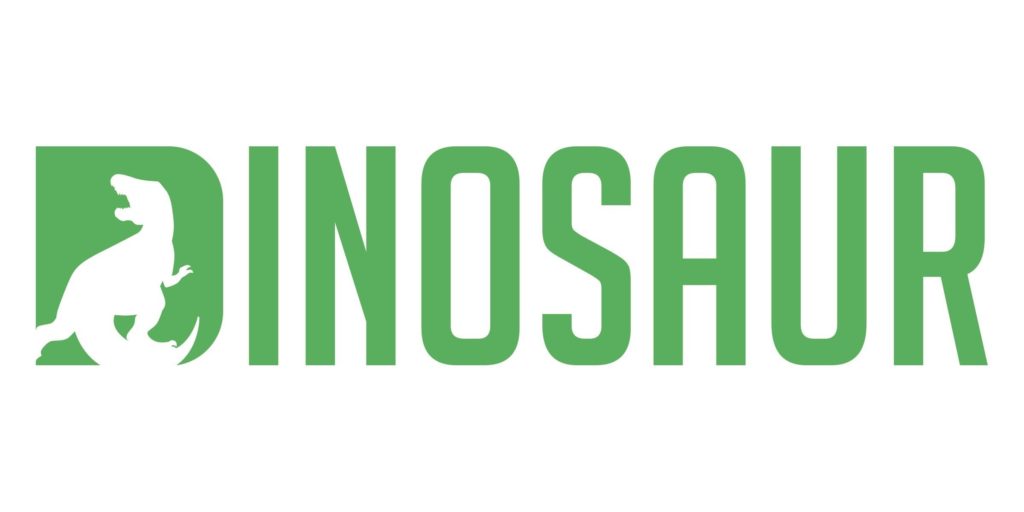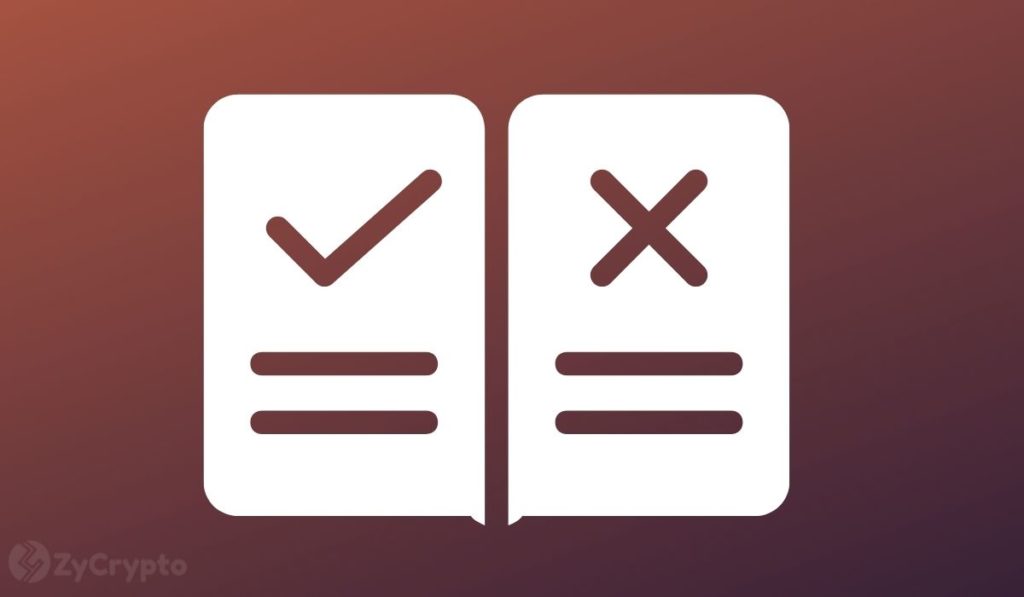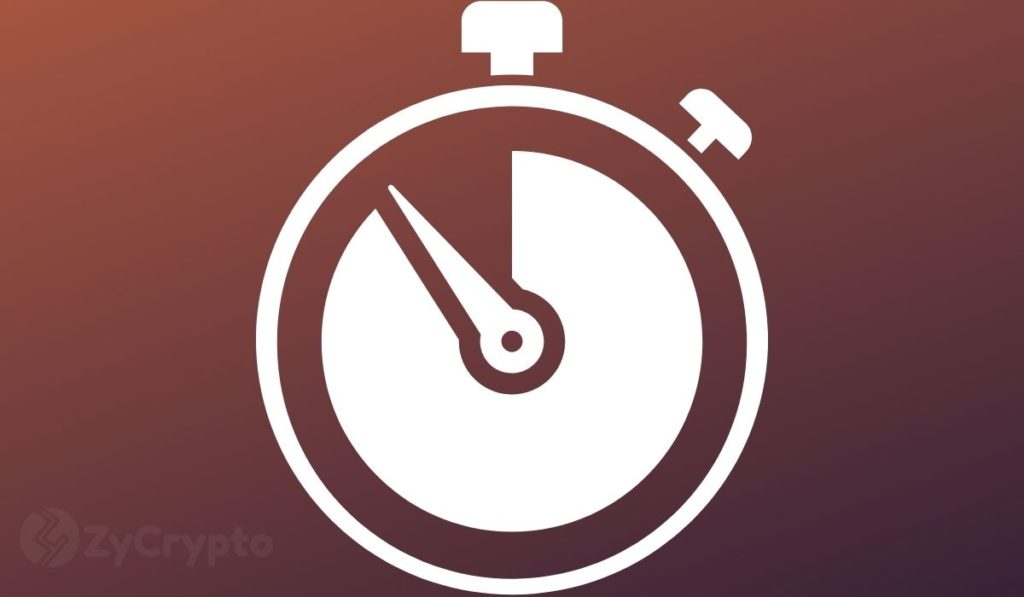2022-7-8 18:00 |
Per a press release from the U.S. Treasury, crypto and digital assets should have equal international regulations. The government agency published a “Framework for International Engagement on Digital Assets” following an executive order (EO) from U.S. President Joe Biden.
Related Reading | U.S. Bank Will Connect With Ethereum’s MakerDAO To Borrow $100 Million
Issued on March 9, 2022, the executive order aimed at “harnessing the potential” of crypto and digital assets and mitigating its potential risks. The EO emphasized the importance of international cooperation to address these issues.
The U.S. Treasury’s framework attempts to “ensure” that consumers, investors, and businesses are “protected” from digital assets risk and that the financial system maintains its “safety and soundness”. Therefore, it promotes the adoption and development of central bank digital currencies (CBDC) and other “technologies consistent with our values and legal requirements”.
The government agency claims “uneven” regulation, supervision, and compliance contribute to the alleged risk associated with digital assets and might pose a threat to the stability of the financial system. In particular, the U.S. is concerned about “inadequate anti-money laundering” policies.
This could weaken their ability to investigate alleged illegal activities related to crypto and would render them unable to prevent illicit funds from “jumping overseas”. The framework claims:
International cooperation among public authorities, the private sector, and other stakeholders is therefore critical to maintaining high regulatory standards and a level playing field, expanding access to safe and affordable financial services, and reducing the cost of domestic and cross-border payments, including through the continued modernization of public payment systems.
The U.S. will work with several agencies and international bodies worldwide to push for standardized regulations for digital assets. This includes the World Bank, the G7 and G20, the Financial Stability Board (FSB), the Financial Action Task Force (FATF), and others. The framework added:
Standard setting in the rapidly evolving digital asset ecosystem is critical to ensuring that many of our key policy priorities – from privacy, to respect for democratic values, to interoperability that reduces cross-border frictions and increases access to safe and affordable financial services – are incorporated into any new systems.
Can The U.S. Influence International Crypto Regulation?The framework will attempt to protect consumers and investors, as mentioned above, promote access to “affordable financial services”, and promote financial and technological innovation. The documents emphasized several times that digital assets regulation is a priority for the current administration.
However, the U.S. has failed to provide regulatory clarity on digital assets in its territory. The two main financial regulatory bodies, the Securities and Exchange Commission (SEC) and the Commodity and Futures Trading Commission (CFTC), can’t decide on their jurisdiction over the nascent asset class.
The SEC wants to classify cryptocurrencies as securities except for Bitcoin, according to its Chairman Gary Gensler. This Commission has opted to engage in legal battles against the crypto industry rather than in discussions that would fulfill the objectives proposed in the Treasury’s framework.
Related Reading | Solana Labs Sued By SOL Investor For Allegedly Making Illegal Profits
At the time of writing, the crypto total market cap stands at $930 billion with a downside trend on the 4-hour chart, as seen below.
Source: Tradingview origin »Growers International (GRWI) íà Currencies.ru
|
|
























